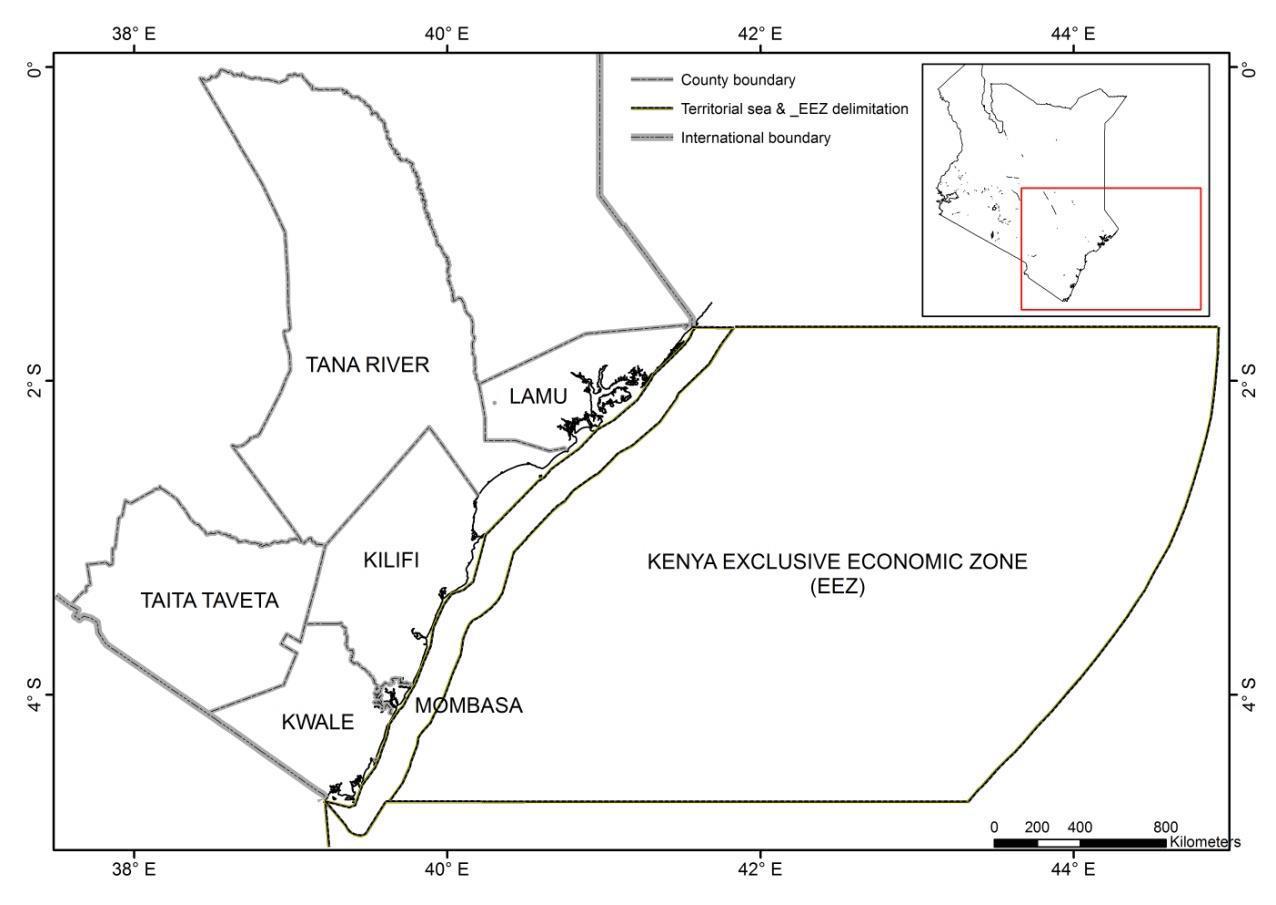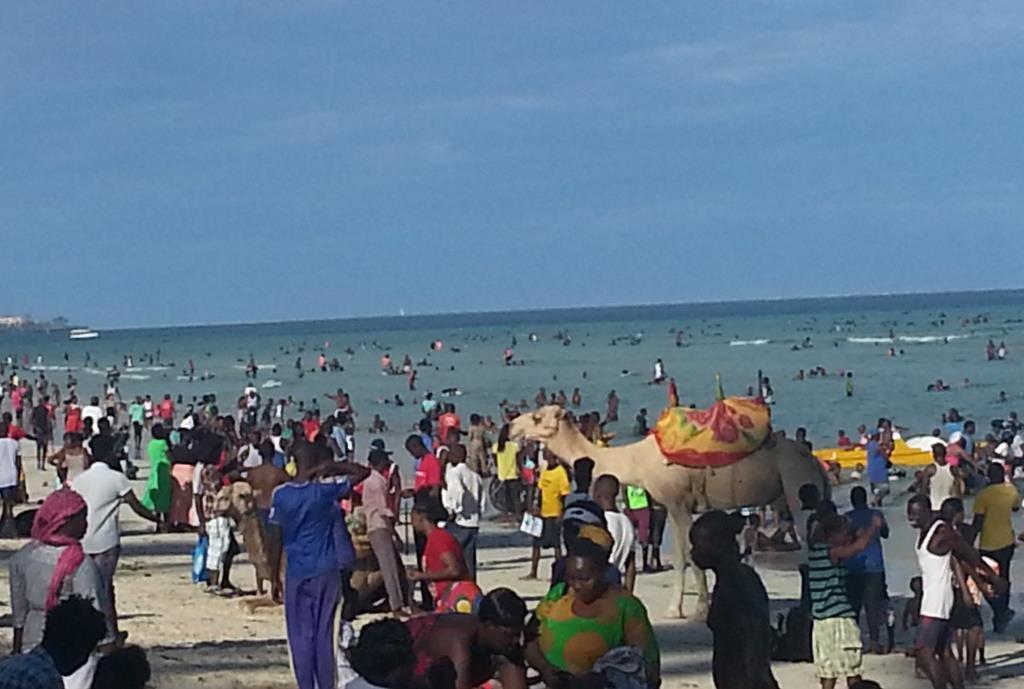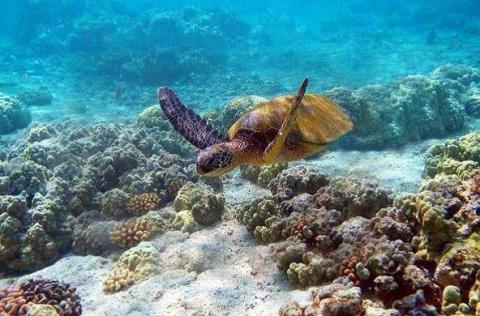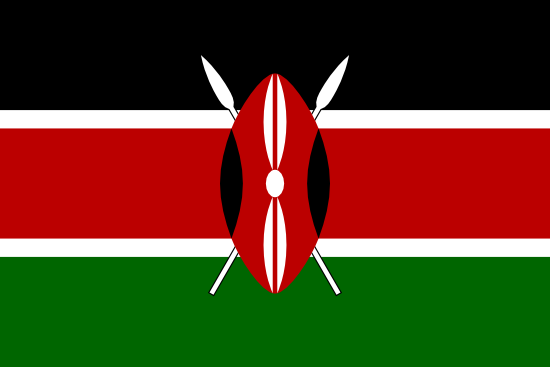Coastal area
The Kenyan coastline is approximately 600 km long extending from the Kenya-Tanzania border in the south to the Kenya-Somalia border in the north; between latitudes 1°40΄S and 4°25΄S and longitudes 41°34΄E and 39°17΄E. The landward geographical scope of coastal Kenya is determined by the administrative boundaries of coastal counties namely: Kwale, Mombasa, Kilifi, Tana River, Lamu and part of Taita-Taveta and Garissa counties. While, the seaward boundary is the 200 nautical miles Exclusive Economic Zone (EEZ) with water surface area of approximately 230,000 km2.
Kenya is endowed with biologically rich coastal and marine ecosystems ranging from terrestrial forests, mangroves, coral reefs, seagrass beds, estuaries and sand dunes. These ecosystems provide important goods and services such as; habitats for fish and other aquatic and terrestrial organisms, erosion control, provision of wood and non-wood forest resources, provision of food, water and industrial resources to millions of people along the coast. This chapter highlights the status of these ecosystems and their associated biodiversity; pressures that threaten their long-term integrity and productivity; as well as management interventions. Collectively, major pressures impacting on coastal ecosystems and biodiversity, include; over-exploitation of resources, habitat degradation and transformation, pollution, and climate change.
The forests are highly recognized as having retained and still hold a lot of forest biodiversity. For example more than half of Kenya's rare plants are found in the coast region (over 3000 taxa have been recorded). Specific areas of interest include forest reserves and national reserves (e.g. Shimba Hills ecosystem, Buda Complex, Arabuko-Sokoke, Dodori, Boni and Lungi); biodiversity-rich and sacred Kaya forests also designated as a UNESCO World Heritage Sites. Other important ecosystems include: marine areas and mangrove forests (Lamu-Kiunga, Watamu-Malindi, Gazi-Shimoni-Vanga seascapes); marine protected areas; freshwater ecosystems (Lake Kenyatta, River Mkurumudzi); and, several community marine and terrestrial conserved areas.
These resources provide important ecosystem goods and services that are vital for supporting food security and subsistence activities as well as economic sectors like agriculture, fisheries, livestock, forestry, tourism, shipping, mining and energy. This significantly contributes to production, socio-economic development at local and national level and safe guard well-being of coastal communities

Map of the Kenya coast showing the coastal counties and the Kenyan EEZ boundary


